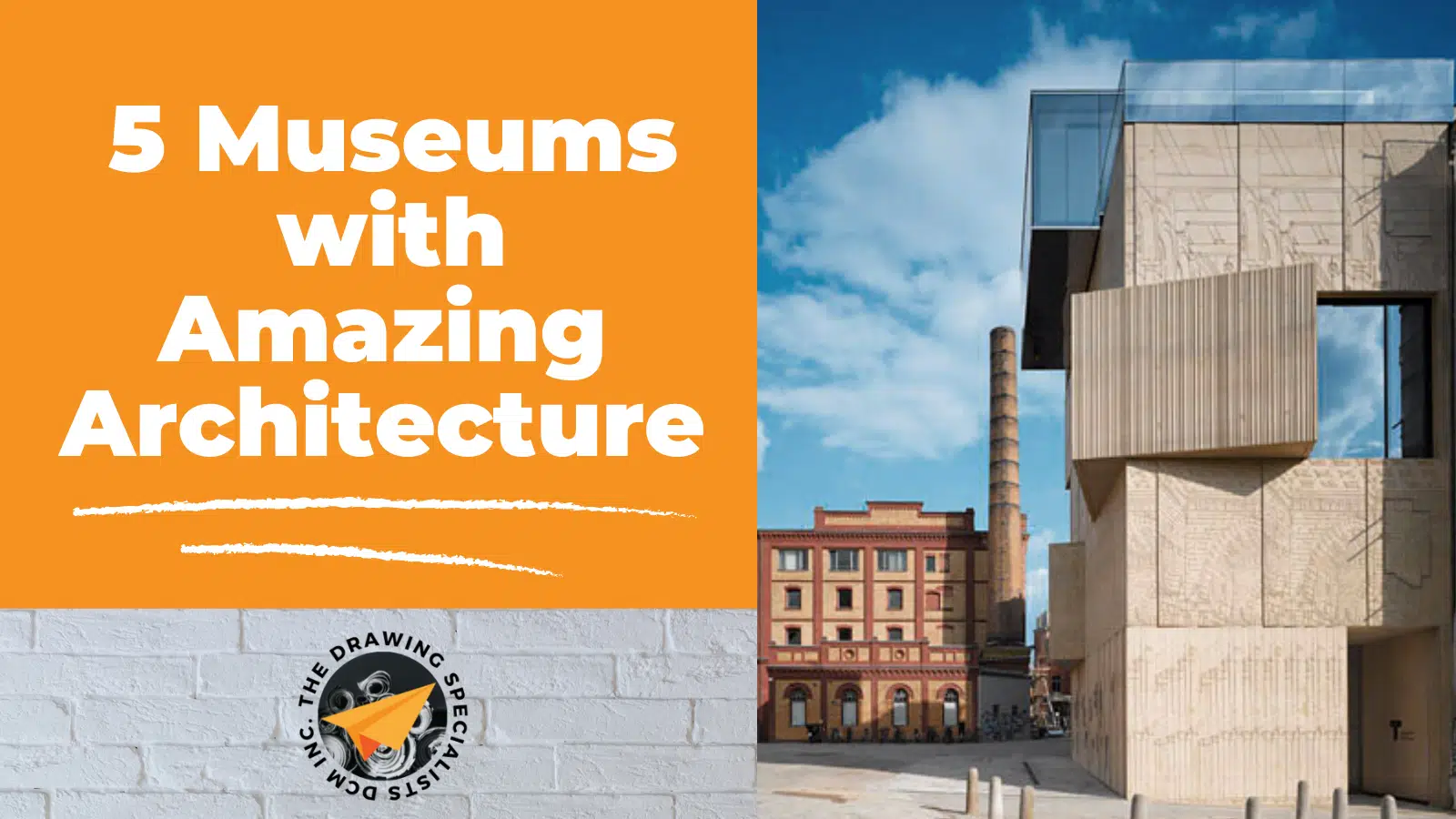Museums are fascinating places. They are shrines to art, knowledge, culture and more! So, It’s only fitting that the museums themselves are some of the most breathtaking structures the world offers. At DCM, we create a simplified facility drawing management strategy for organizing your engineering drawings, but even we are sometimes astounded by the architecture we see! Here are five museums with amazing architecture! They are so unique that we can’t help but wonder what the blueprints must look like.
1. The Canadian Museum for Human Rights
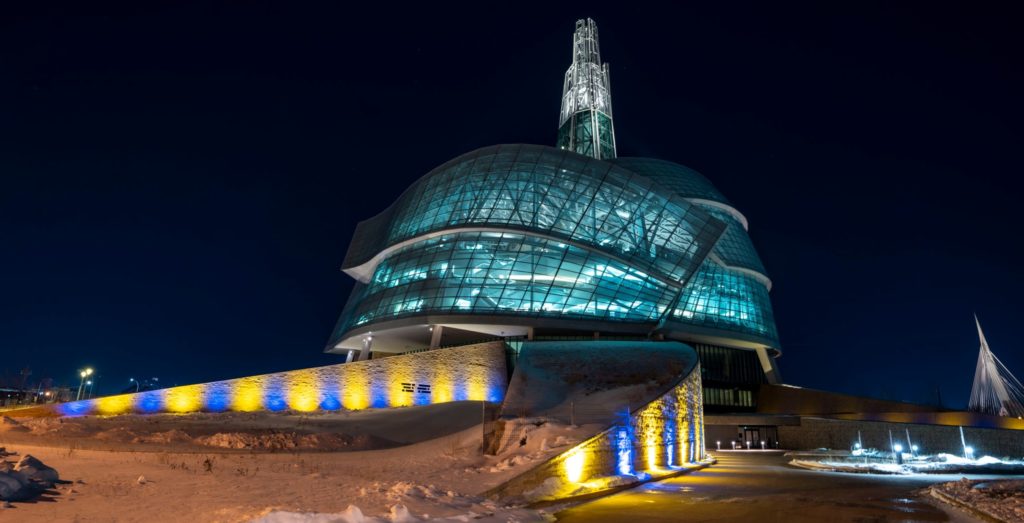
The Canadian Museum for Human Rights in Winnipeg, Manitoba was established in 2008. It held its opening ceremonies on September 19th, 2014. It was designed by architect Antoine Predock of Albuquerque, New Mexico. Predock had won an architectural competition amongst entries from 63 firms in 21 countries.
The Museum for Human Rights was the first project of this scale in Canada to have all teams involved using computer-modelled design and construction. It was designed with sustainability in mind. Its creators and maintenance staff have emphasized the importance of minimizing the museum’s environmental impact. One such sustainability measure is that the museum harvests rainwater for its air-conditioning and toilet-flushing systems. The museum also boasts that more than 50% of its construction waste was recycled or salvaged.
The building symbolizes humanity’s connection to Mother Earth with four stone “roots” at its base. The limestone mountain and “icy peak” are enveloped by what looks like the wings of a dove, encasing the building in a glowing beacon of hope. This is meant to reflect the hope its creators feel for the future of human rights education. They feel that stories of human rights should be accessible to all, and that they inspire the activists and revolutionaries of tomorrow! The Museum is located in the heartland of the Metis people. It is meant to bring people of all walks of life together in the pursuit of education and unity.
2. The Miho Museum
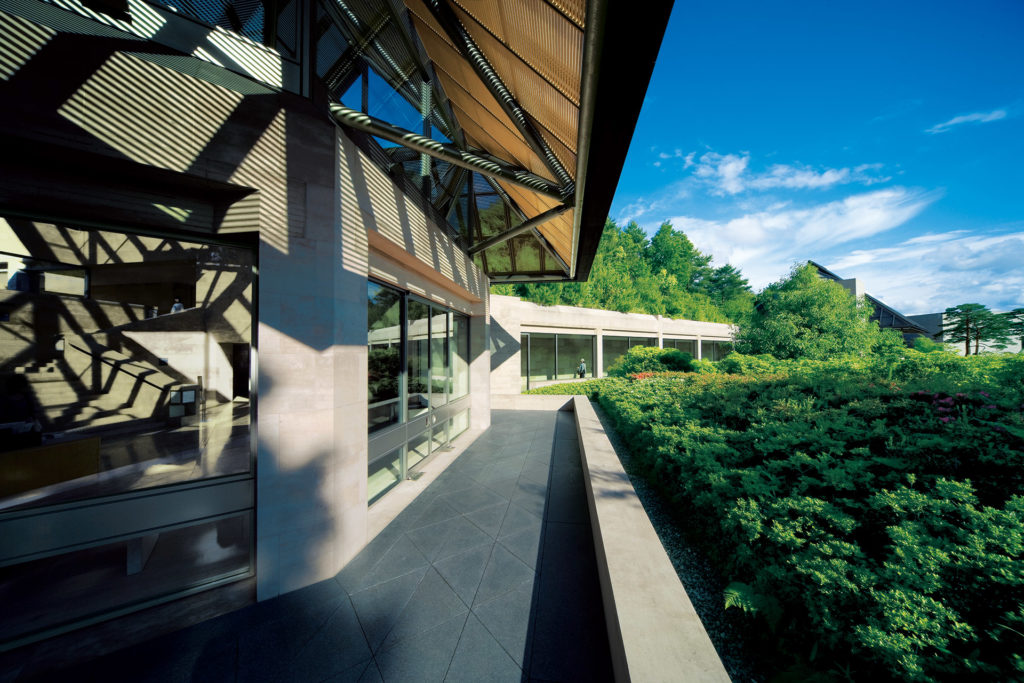
The Miho Museum in Kyoto, Japan opened in 1997. It houses Mihoko Koyama’s collection of Asian and Western antiques ranging from the 1950s to the 1990s. It is not only a museum, but the headquarters of Koyama’s newly founded religious group, Shinji Shumeikai. Their purpose is to advance heath, happiness, and harmony for all by spreading the teachings of Japanese spiritual leader Mokichi Okada.
Mihoko Koyama is described as a “Seeker of Beauty” and this is reflected in the museum’s location and architecture. It is located amid the magnificent mountain range of Shigaraki in the Shiga Prefecture and has been described as a “real world Shangri-La”. It was designed by I.M. Pei, also known for designing the glass pyramid at the Louvre in Paris.
Pei was heavily inspired by the story The Peach Blossom Spring by Tao Yuanming. The Peach Blossom Spring is a fable about the discovery of an ethereal utopia where people live in harmony with nature, unaware of the outside world. A trip to this museum is meant to feel like exploring the idyllic village from this story.
3. The Smithsonian National Museum of African American History and Culture
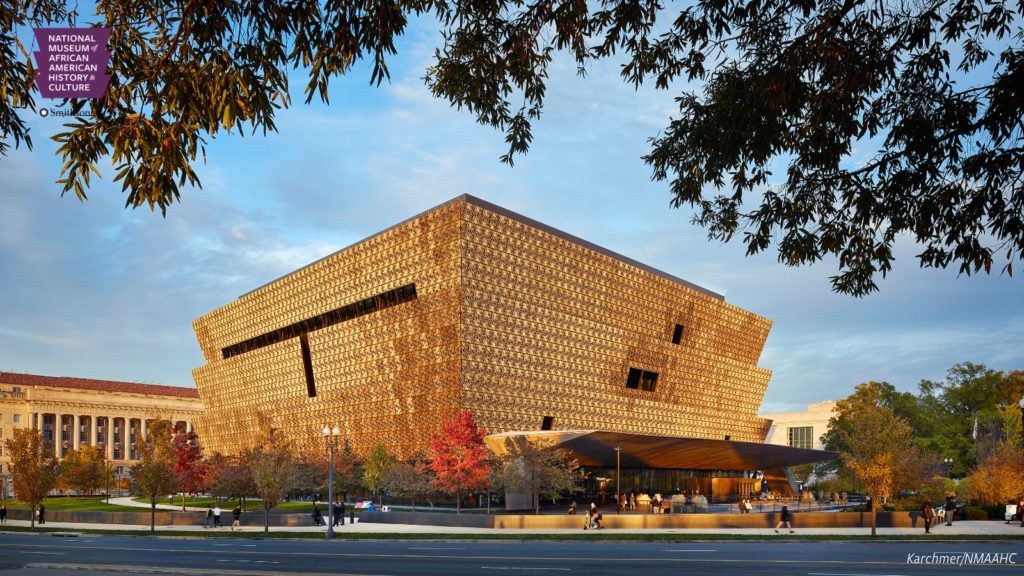
The Smithsonian Museum of African American History and Culture is located in Washington, D.C. It was established in 2003 and opened its doors officially in 2016 with a ceremony led by Barack Obama. It is home to over 40,000 objects, although only about 3,500 are displayed at a given time. The museum was designed by the Freelon Group, Adjaye Associates, and the Davis Brody Bond. They had won a design competition among hundreds of architects and firms.
The Smithsonian website describes the motivation behind the design, saying, “the outer layer of the building, the Corona, draws on imagery from both African and American History, reaching toward the sky in an expression of faith, hope and resiliency. The three-tiered shape is inspired by the Yoruban Caryatid, a traditional wooden column that features a crown or corona at its top. The pattern of the exterior panels evokes the look of ornate 19th-century ironwork created by enslaved craftsmen in New Orleans and allows daylight to enter through dappled openings.”
This museum is a place to view the American story through an African American lens and to gain a new perspective. It promotes empathy between cultures, and the importance of not just cohabitating with one another but understanding each other on a deeper level. This concept will always be of great importance in America, and also in society as a whole!
4. The Louis Vuitton Foundation
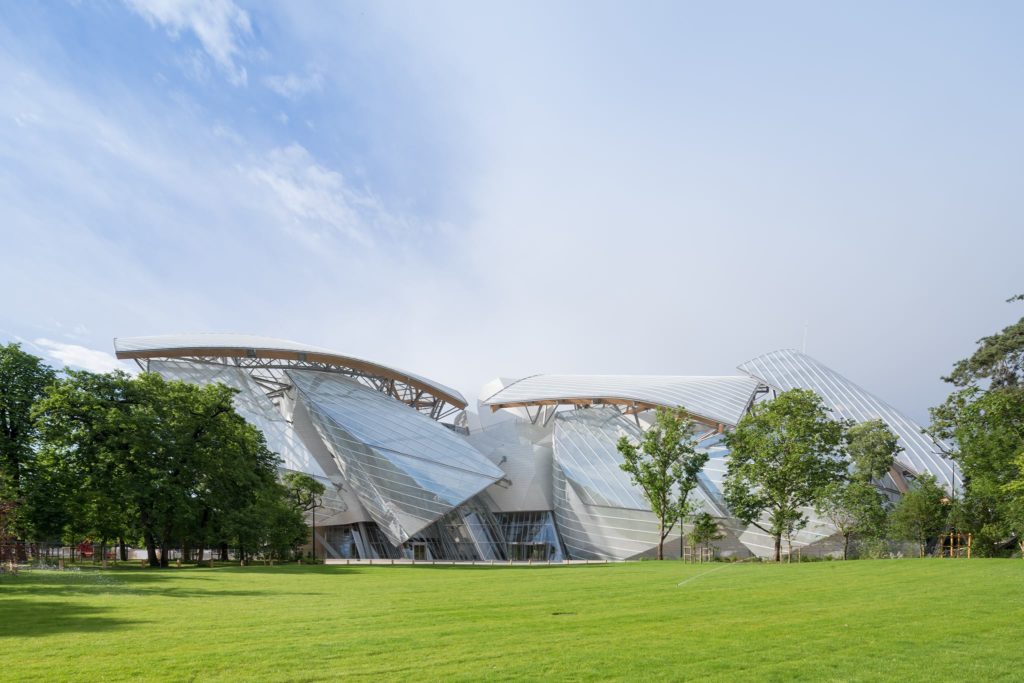
The Louis Vuitton Foundation is a French art museum and cultural center located in Paris, France. It opened in 2014. It was designed by architect Frank Gehry to serve as a hub for creativity, emotion and contemplation. Its mission is to serve the public by making arts and culture from all over the world accessible to all, and to unite contemporary and historical art for an unforgettable museum experience.
The Foundation’s collection is mainly comprised of four categories: Contemplative, Pop, Expressionist, and Music & Sound. It features the works of a variety of artists, from Andy Warhol to Damien Hirst.
The building flaunts a deconstructivist style, meaning to give the impression of fragmentation with an absence of harmony, continuity or symmetry. The Foundation’s “iceberg” blocks are meant to invoke the image of ship sails blowing in the wind. It features 11 different exhibition galleries with both permanent and temporary displays.
5. The Museum for Architectural Drawing
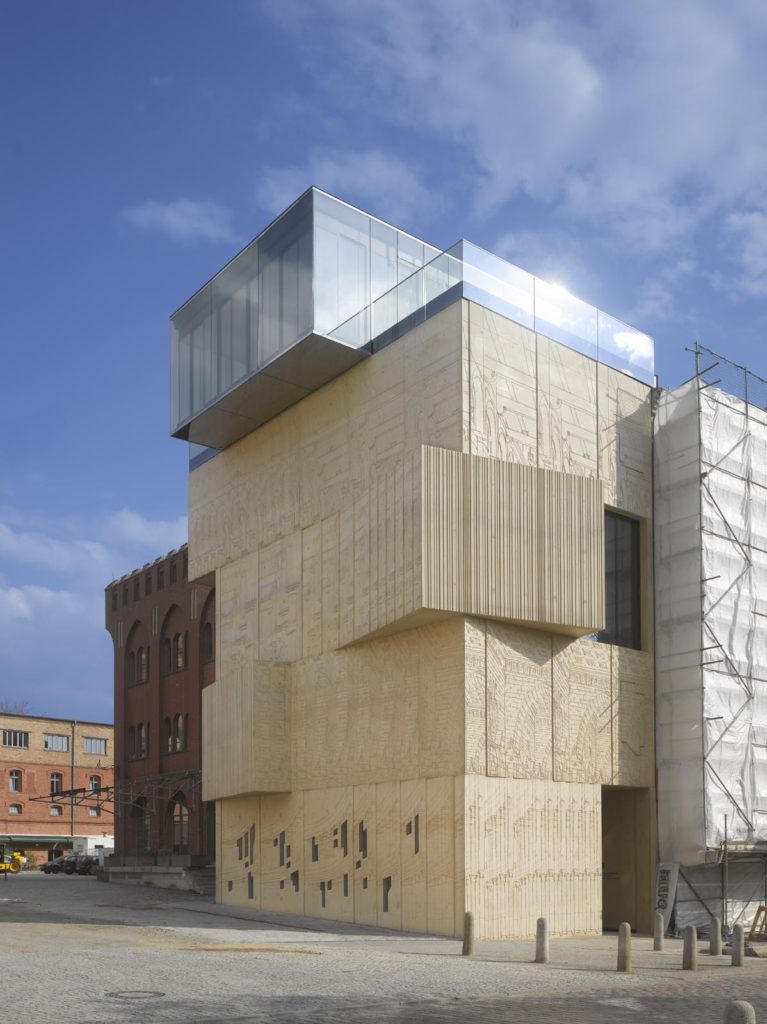
We at DCM firmly believe that architectural drawings are art. So, what better way to close this list than with a museum that exemplifies that? The Museum for Architectural Drawings in Berlin, Germany was founded by Sergei Tchoban in 2009. It opened for business in 2013. Its mission is to showcase the beauty of hand-drawn architectural drawings, and to foster the skills of talented young architects.
The Museum does this by displaying the countless priceless drawings collected by Tchoban and The Tchoban Foundation over the course of ten years. It also includes drawings Tchoban himself has drafted in his career of over 40 years. He considers the museum to be a project close to his heart and says it had been his dream for quite some time before its conception.
It was Tchoban’s hope that the collection could help him to reawaken an interest in hand-drawn architectural illustrations in an era more fixated on 3D, photorealistic renderings. The building was designed to look like a casually stacked pile of books. Its surface has been etched with architectural illustrations. This museum may just be the world’s best organized collection of engineering drawings!
Don’t Let Your Drawings Be Artifacts of the Past
If your engineering drawing collection is a little less than museum quality, The Drawing Specialists can help! Book a discovery call today to learn how we can help set you up with a simplified facility drawing management strategy for your facility’s unique needs, and find an accurate drawing in seconds!
